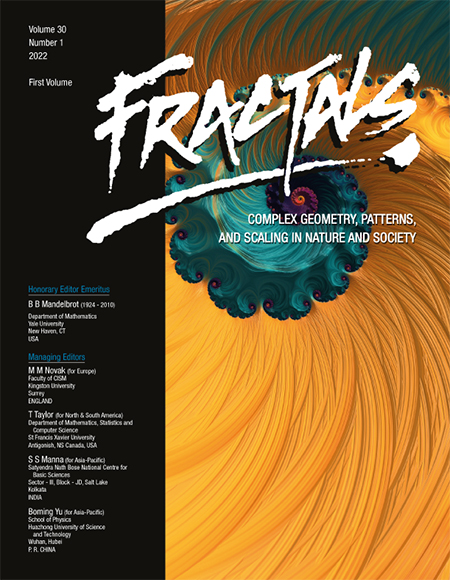COMPLEXITY AND INFORMATION-BASED ANALYSIS OF THE ELECTROENCEPHALOGRAM (EEG) SIGNALS IN STANDING, WALKING, AND WALKING WITH A BRAIN–COMPUTER INTERFACE
Abstract
In this paper, we analyzed the variations in brain activation between different activities. Since Electroencephalogram (EEG) signals as an indicator of brain activation contain information and have complex structures, we employed complexity and information-based analysis. Specifically, we used fractal theory and Shannon entropy for our analysis. Eight subjects performed three different activities (standing, walking, and walking with a brain–computer interface) while their EEG signals were recorded. Based on the results, the complexity and information content of EEG signals have the greatest and smallest values in walking and standing, respectively. Complexity and information-based analysis can be applied to analyze the activations of other organs in different conditions.


